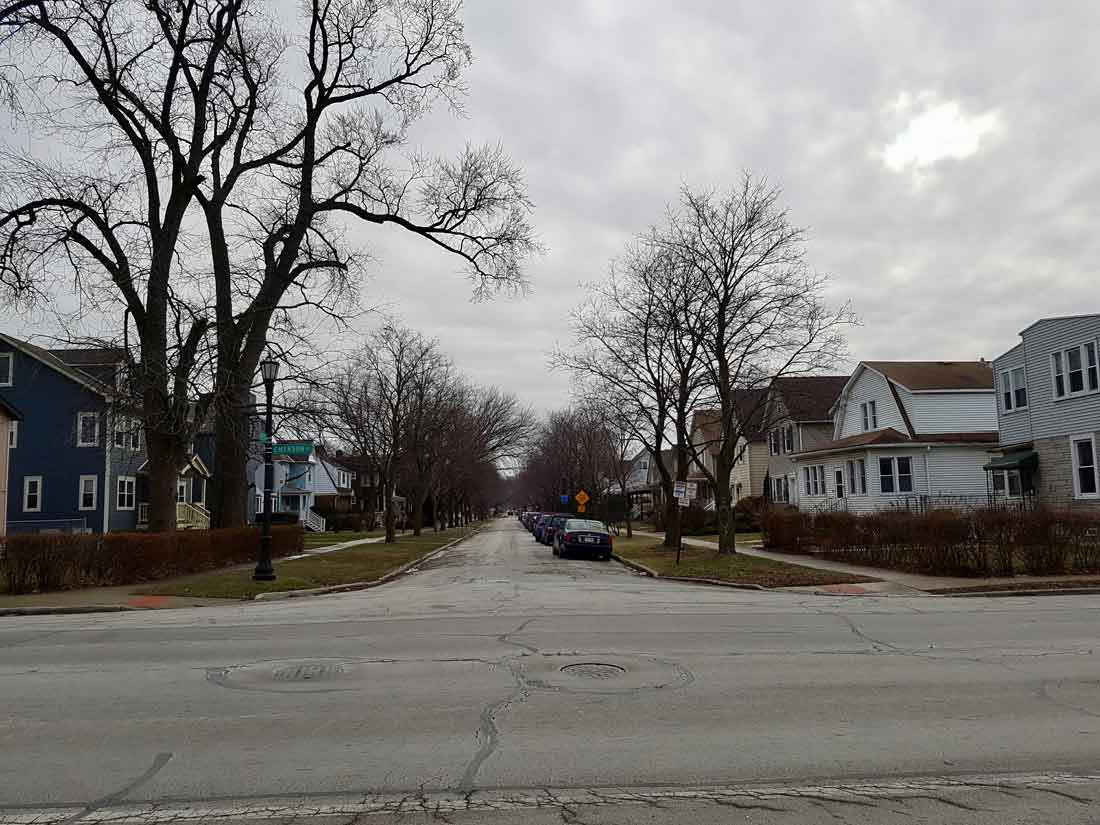By Mindy Tan
Existing-home sales decreased 2.8 percent to a seasonally adjusted annual rate of 5.49 million in December from an upwardly revised 5.65 million in November, even as 2016 marked the best year of sales in a decade, said the National Association of Realtors Tuesday. The report covers sales of single-family homes, townhomes, condominiums and co-ops.
Economists polled by Bloomberg expected the rate to dip by 1.61 percent on average.
Total existing-home sales came in at 5.45 million for the whole of 2016. This is higher than 2015’s 5.25 million, and is the highest since 2006 when 6.48 million existing homes were sold.
Tight supply and rising prices, which stunted sales in December, will continue to be headwinds in 2017, wrote Brian Wesbury, chief economist at First Trust Advisors, in a report.
Total housing inventory at the end of December dropped 10.8 percent to 1.65 million. This is the lowest level since NAR began tracking supply of all housing types in 1999.
Meanwhile, the median existing-home price for all housing types was $232,200 in December, up 4.0 percent from a year ago.
“Although some analysts may be concerned about the impact of higher mortgage rates, it’s important to recognize that rates are still low by historical standards, incomes are growing, and the appetite for homeownership is eventually going to move higher again,” stated Wesbury.
According to mortgage company Freddie Mac, the average commitment rate for a 30-year, conventional, fixed-rate mortgage rose in December to 4.2 percent from 3.77 percent in November. December’s average commitment rate was the highest rate since April 2014, when it was 4.32 percent.
But Ian Shepherdson, chief economist at Pantheon Macroeconomics, declared that the downward trend in mortgage applications before the election is an “ominous sign”.
“More likely, people have rushed to lock-in rates, fearing further increases,” he stated in a research note. “When that activity dies down, we’re not sure where the next wave of buyers is coming from.”
Adam DeSanctis, economic issues media manager at NAR, said in an interview that the association forecasts mortgage rates to be around 4.6 percent by the end of the year.
“The impact of both rising rates and home prices from 2011 to 2016 means home prices have risen 41 percent overall, far higher than inflation over that same time,” said DeSanctis. “We are still forecasting overall home sales to be up 1.3 percent to 5.52 million for the whole of 2017.”
He added that the association is looking to work with the Federal Housing Administration to express why it’s necessary to follow through with the agency’s previously announced decision to reduce the cost of mortgage insurance. On Friday the Department of Housing and Urban Development suspended the premium reduction. The NAR estimates that without the reduction, between 750,000 to 850,000 homebuyers will face higher costs and between 30,000 and 40,000 would-be buyers will be prevented from entering the market.
The NAR report stated that at the current sales pace, it would take 3.6 months to sell out the supply of previously-owned homes, down from 3.9 months in November.
Single-family home sales declined 1.8 percent to a seasonally-adjusted annual rate of 4.88 million in December, from 4.97 million in November. The median existing single-family home price was $233,500 in November, an increase of 3.8 percent from $224,900 a year ago.
Existing condominium and co-op sales were at a seasonally-adjusted annual rate of 610,000 in December, a drop of 10.3 percent from the previous month. The median existing condo price was $221,600, an increase of 5.5 percent from $210,100 a year ago.
The new residential sales indicator, which is released by the Census Bureau, will be out on Thursday. Economists polled by Bloomberg expect an annualized rate of 587,660 sales.

